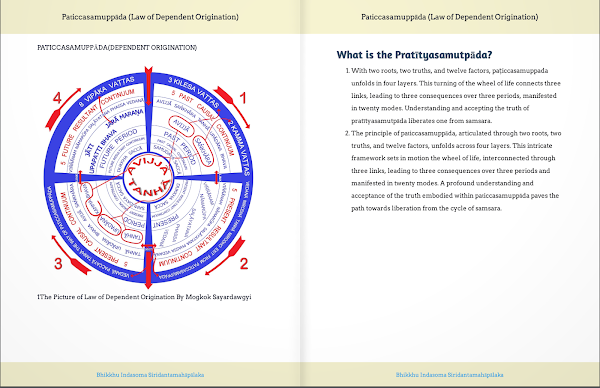
"In conventional truth through consciousness-seeing, isn't it taught that we must believe in two things - wholesome and unwholesome kamma (kammassakatā sammādiṭṭhi)?
From killing to intoxicants, from killing to wrong view - when transgressing, is it wholesome or unwholesome? Isn't it taught that due to unwholesome kamma, the result is hell, animal realm, peta realm, asura realm after death? Is this happiness or suffering? #This_is_due_to_unwholesome_kamma. Isn't it frightening?
When avoiding these, is it unwholesome or wholesome? Due to wholesome kamma, isn't the result human realm and six deva realms? Suffering or happiness? #Must_believe_in_kamma.
Doesn't the Mogok Sayadaw teach five types of right view:
1. Right view of ownership of kamma (Kammassakatā)
2. Right view of jhāna
3. Right view of insight
4. Right view of the path
5. Right view of fruition
One who believes in kamma, will they still consult astrology? Fortune tellers? Mediums? #No_more_consulting. Consulting these shows lack of faith in kamma.
When hearing harmful speech or false accusations, #one_who_believes_in_kamma_creates_no_new_unwholesome_kamma. They understand causality.
When faced with accusations, they understand #when_time_comes_past_kamma_ripens. Understanding cause and effect (kammaṃ vipākassa), don't old kammic debts get cleared? #Are_new_debts_created?
Without belief in kamma, doesn't anger surge? If it does, is that wholesome or unwholesome? Old debts aren't cleared and new ones are made. This is #due_to_not_believing_in_kamma.
When one understands, knowing cause brings effects, do they still get angry? Aren't old debts cleared? Are new ones created? See how perfectly this fits..."
Sadhu! Together let us keep the Dharma wheel rolling.























